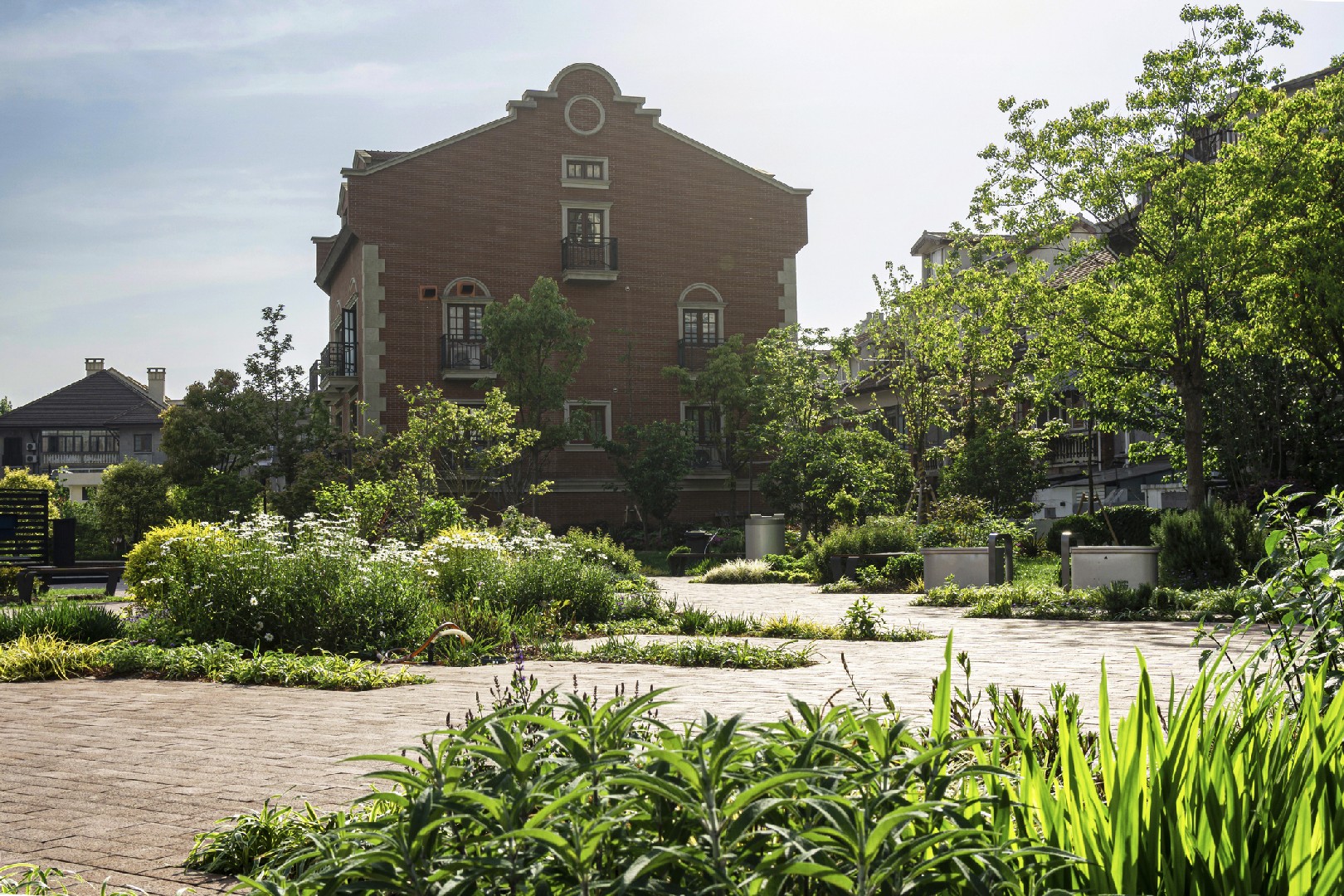![Rectangle]()
Exploring Different Types of Garden Flooring
When it comes to choosing the perfect flooring for your urban garden, there are several factors to consider. Assessing different types of accessible materials, such as stone, wood, gravel, and bricks, is a great starting point. Each material brings its own set of advantages and disadvantages that you need to carefully consider.
Stone is a popular choice for garden flooring due to its durability and low maintenance requirements. It can withstand heavy foot traffic and is resistant to wear and tear. Stone also adds a timeless and elegant touch to your garden, making it a great option for those who value aesthetic appeal. However, it can be a bit costly compared to other options.
Wood, on the other hand, brings a warm and natural look to your garden. It is versatile and can be customized to fit your desired style. However, wood requires more maintenance compared to stone. You need to regularly clean and treat it to protect it from moisture and pests. It is also important to choose a wood species that is resistant to rot and decay.
Gravel is a more affordable option that adds a rustic charm to your garden. It is easy to install and provides good drainage for your plants. However, it may not be suitable for high-traffic areas as it can shift and become uneven over time. It is also important to note that gravel can be uncomfortable to walk on without proper footwear.
Bricks offer a classic and timeless look to your garden. They are durable and require minimal maintenance. Bricks also provide excellent drainage and are easy to clean. However, they can be more expensive than other materials and may not be suitable for every garden style.
After considering the different materials, it is important to identify the right match for your plant types and weather conditions. Some plants require more moisture, while others thrive in drier conditions. It is essential to choose a flooring material that complements the needs of your plants. Additionally, take into account the weather conditions in your area. Some materials may not hold up well in extreme heat or cold.
In conclusion, choosing the perfect flooring for your urban garden involves assessing different types of accessible materials, analyzing their properties, and identifying the right match for your plant types and weather conditions. Consider factors such as durability, maintenance requirements, aesthetic appeal, and suitability for the urban space. By making an informed decision, you can create a functional and beautiful outdoor space that suits your needs and enhances your gardening experience.





